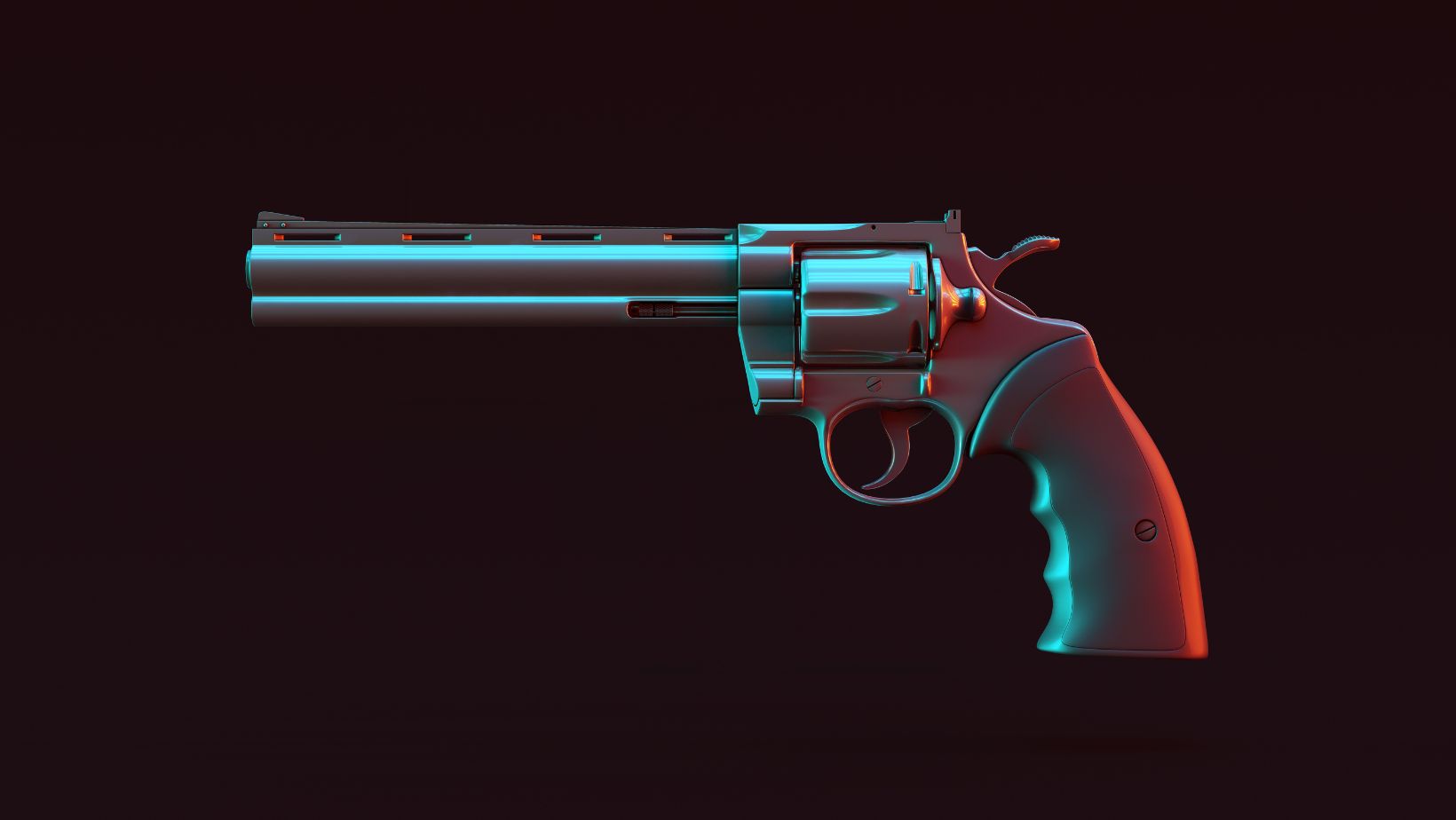When it comes to revolvers, one term you may often come across is “double action.” But what does it really mean for a revolver to be double-action? In simple terms, a double-action revolver is designed to perform two actions with a single pull of the trigger. It can both cock and release the hammer, allowing for faster and more efficient shooting.
Unlike single-action revolvers, where the hammer must be manually cocked before each shot, a double-action revolver simplifies the process by automatically cocking the hammer as you squeeze the trigger. This means that every time you pull the trigger on a double-action revolver, it not only releases the hammer but also cocks it back into the firing position. This eliminates the need for extra steps and enables rapid follow-up shots without having to manually manipulate the hammer.
Double-action revolvers offer several advantages, such as ease of use and increased versatility in different shooting scenarios. Whether for self-defense or target practice, their ability to quickly fire consecutive shots makes them popular among firearm enthusiasts. So next time you hear someone mentioning a double-action revolver, remember that it refers to a firearm capable of both cocking and releasing its hammer with a single pull of the trigger.

What Does It Mean for a Revolver to be Double Action
Double Action Revolvers Explained
When it comes to understanding revolvers, one key aspect to grasp is the concept of double action. A double-action revolver refers to a firearm where pulling the trigger performs two functions: cocking the hammer and then releasing it to strike the firing pin. This design allows for a smoother and quicker shooting experience compared to single-action revolvers.
In a double-action revolver, the shooter has the option to either manually cock the hammer before pulling the trigger (single action mode) or fire directly by simply pulling the trigger (double action mode). This versatility gives shooters more flexibility in their shooting techniques.
How Double Action Works in Revolvers
To delve deeper into how double action works in revolvers, let’s break it down step by step. When you pull the trigger on a double-action revolver:
- The pressure applied causes the cylinder to rotate, aligning a fresh round with the barrel.
- Simultaneously, this motion also cocks back the hammer.
- As you continue pulling, eventually reaching its breaking point or “let-off,” it releases and strikes against the firing pin.
- The firing pin then ignites a primer located at the base of each round in turn.
- Finally, this ignition sets off an explosion that propels bullets out of their chambers and toward your target.
This entire process occurs smoothly and efficiently due to clever engineering within these firearms.
Advantages of Double Action Revolvers
Double-action revolvers offer several advantages over other types of handguns:
- Ease of use: With no need for manual hammer cocking, shooters can quickly fire successive rounds simply by pulling back on the trigger.
- Safety: In double-action mode, there is less risk of accidental discharges since additional force is required for trigger manipulation compared to single-action revolvers.
- Versatility: By offering both single-action and double-action firing modes, shooters have more options to adapt to different shooting scenarios.
- Reliability: Double-action revolvers are known for their robustness and ability to handle a wide range of ammunition without compromising performance.
In conclusion, knowing whether a revolver is a single or double action provides valuable insight into how it operates and performs in various shooting scenarios. What exactly does it mean for a revolver to be double-action? Well, let’s delve into the details and uncover what makes a revolver fall into this category.

